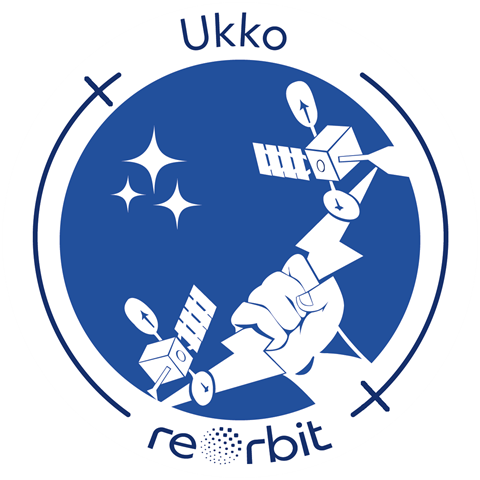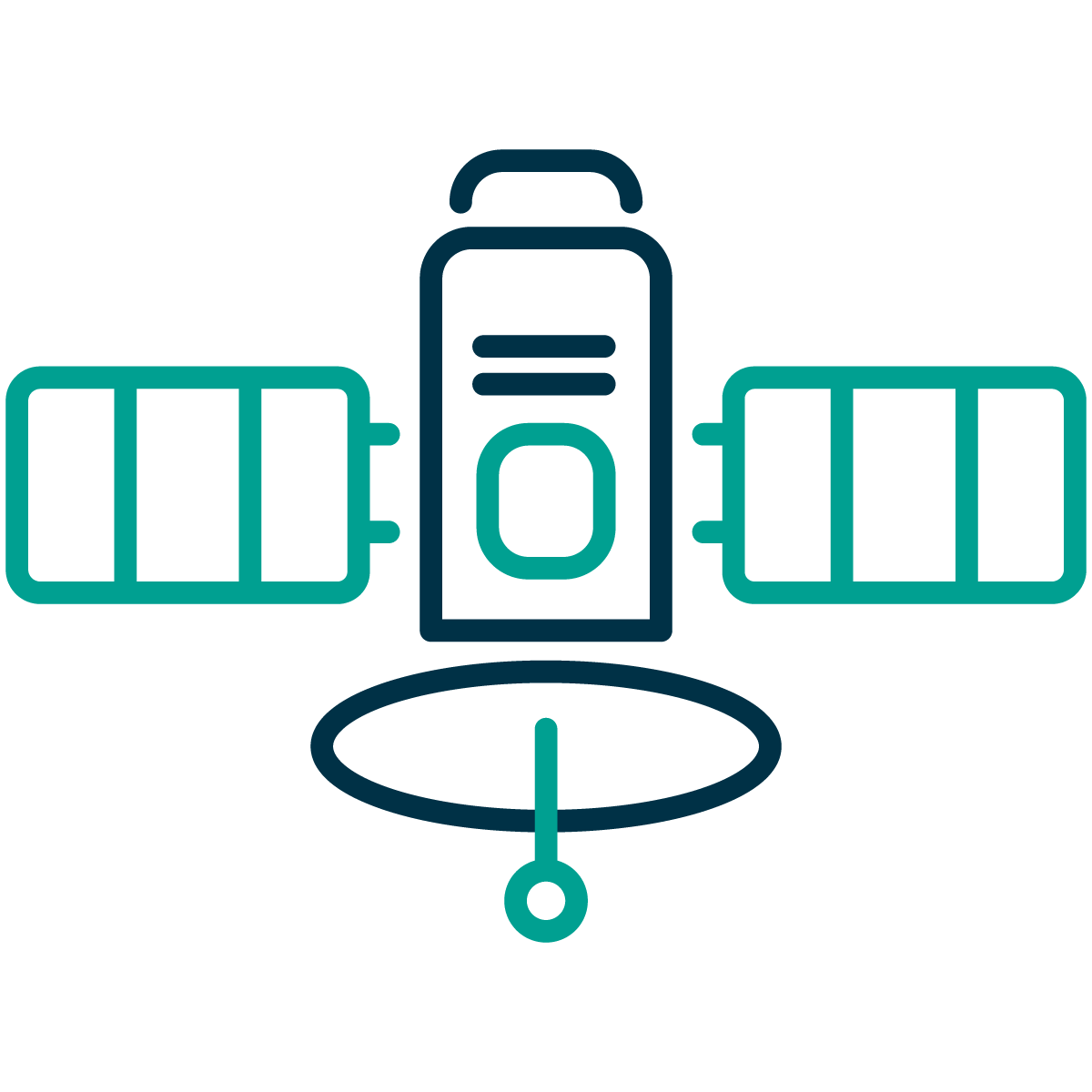
 Platform
Platform Although all satellites have flight software, most of them are strongly architected around hardware, adding software at the last stages of development, as if it were an afterthought. This makes the solution rigid, incapable of change and less “smart”. On the contrary, software-defined products, as the name implies, have software as the architecture foundation, thus providing a step change in terms of efficiency and flexibility.
ReOrbit is building “Muon”, which is a bundle including flight software together with avionics hardware, to act as the backbone of the spacecraft. Similarly to what an operating system does for computers or smartphones, ReOrbit Muon enables customers to focus on the (Earth Observation – EO) application, without having to look into the underlying layer that is the connection between application and satellite. The Muon bundle can be installed aboard any satellite, enabling a breadth of capabilities and therefore augmenting EO missions and beyond.
Muon is the heart of ReOrbit’s “Gluon”, which is a small satellite platform optimized for connectivity and autonomy. By combining the reliability-first approach of “traditional space” with the time-to-market, cost-effectiveness, and innovation of NewSpace, ReOrbit can offer an attractive and powerful satellite platform to its customers. What is more, ReOrbit Muon includes a full digital twin: a digital replica of the Gluon platform, which allows customers to de-risk their capital expenditures at a very early stage of the mission, as well as train their operators and plan flight procedures.
ReOrbit’s main customers are satellite operators and satellite manufacturers serving communications and EO segments, although ReOrbit’s mission-agnostic approach can be applied easily to most customer needs. ReOrbit is especially attractive to EO payloads that require fast and affordable access to orbit, and those with satellites approaching end-of-life within the next 2-3 years.
Indirectly, applications using satellites developed and operated by downstream customers benefit from more efficient data handling enabled by the ReOrbit satellite platform, which minimizes the cost of data over time. Data companies dependent on space-produced data but with limited spacecraft expertise benefit from ReOrbit’s offering.
Customers can either purchase ReOrbit’s flight software and avionics to be installed on top of their satellite platform as a bundle, or they can purchase the complete satellite platform with all required subsystems in place. In the Ukko activity, customers are involved in the product management feedback loop, so that development matches their needs and thus the overall needs of the market with regards to flight software as well as mission and satellite simulation.
ReOrbit’s market is global, and global are our current customers as well.
ReOrbit Muon is a satellite flight software stack and avionics bundle, which can be seen as a set of services for the satellite. Similarly to what an operating system does for computers or smartphones, ReOrbit Muon enables customers to focus on the EO application, without having to look into the underlying layer that is the connection between application and satellite. The different features of ReOrbit Muon, developed as separate libraries and modules, consolidate into an Application Protocol Interface (API) which interacts with the different EO payloads.
Based around Muon, ReOrbit Gluon is a complete satellite platform with all the subsystems in place to carry and operate a payload in orbit.
Muon & Gluon enable connecting several EO spacecraft together in coordinated constellations, capable of autonomous and synchronized work, coupled with seamless data flow inside and between the satellites, as well as to ground segment.
Customers can either purchase Muon to be incorporated on their own satellite platform, or they can purchase Gluon as a full-fledged satellite platform. In addition, customers get the digital twin of the purchased hardware to a simulator provided by ReOrbit, which allows the customer to de-risk their mission, train their operators, test updates on the flight software configurations and plan procedures related to their mission.
The software and avionics stack is designed to ensure at least 2.5Gbps data flow across its architecture, and to autonomously perform corrective measures to guarantee a 95% uptime or system availability. The product architecture of ReOrbit Muon, showcasing also the connectivity between different Muon-powered satellites, can be seen in the following image:

The Payload Data Flow Management module (PDFM) ensures that EO data is stored and transferred efficiently and error-free from multiple sources to multiple sinks within the architecture.
The Attitude Determination and Control System (ADCS) is designed to be actuator- and sensor –agnostic, and allows operators to have a common set of control laws across their constellations, with the possibility of managing a diverse ecosystem of ADCS equipment and tailoring their needs according to mission requirements.
Failure Detection, Isolation and Recovery (FDIR) ensures that off-nominal conditions will not spread and escalate into mission-critical failures. The FDIR module contains self-diagnostics capabilities to flag long-time off nominal trends and perform automated corrective actions to increase uptime.
The Autonomous Flight Control and Station Keeping module ensures spacecraft maintain orbital geometry with minimum use of humans in the loop. The API implements a request-response protocol all customers flying ReOrbit Muon can interact with from their own on-board computers to access to Ukko services. The API runs fully inside the Muon bundle.
The core value for customers comes from enabling a satellite that is flexible and configurable, reducing time-to-orbit, cost-to-orbit and operational costs. ReOrbit is able to achieve this by:
In addition, we increase the overall revenue for our customers by ensuring high satellite availability (optimizing uptime), autonomous fault recovery, full on-orbit reflashability, and having a reliable architecture which includes rapid switchovers and continuous data scrubbing.
Ukko is a development and demonstration project that aims to develop specific features and capabilities of the ReOrbit software which are instrumental to high performance EO platforms. The different features, developed as separate libraries, are accessed through the API, which interacts with the various EO payloads.
Ukko activities consist of the detailed design definition, development, and verification of the system (simulation and library components), as well as the detailed definition of internal and external interfaces, the integration and verification of the entire API with EO test cases. On the commercial side – market analysis, partner engagement, and business case development activities to mature the product commercially. Ukko results showcase the maturity and quality of ReOrbit’s product Muon.
